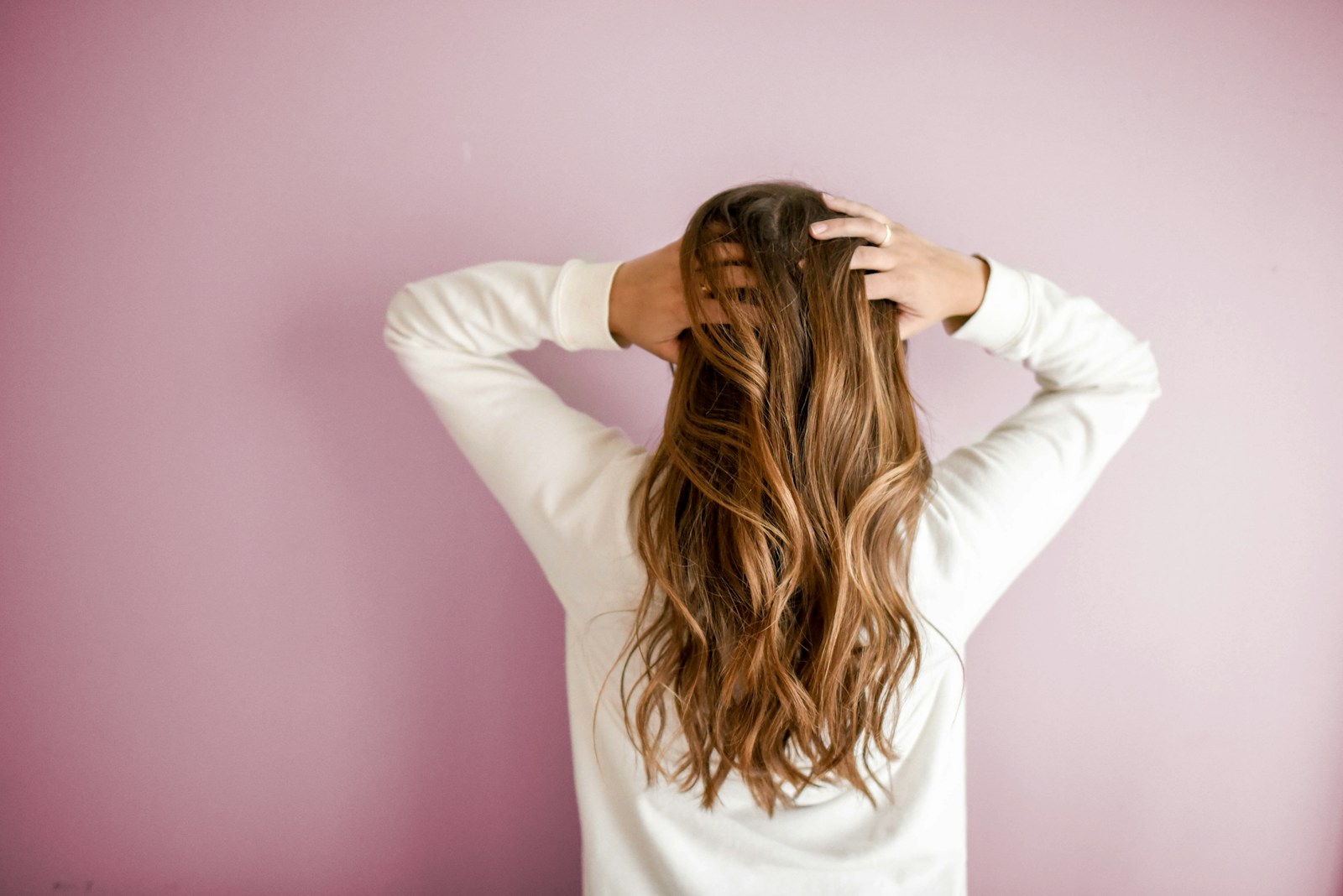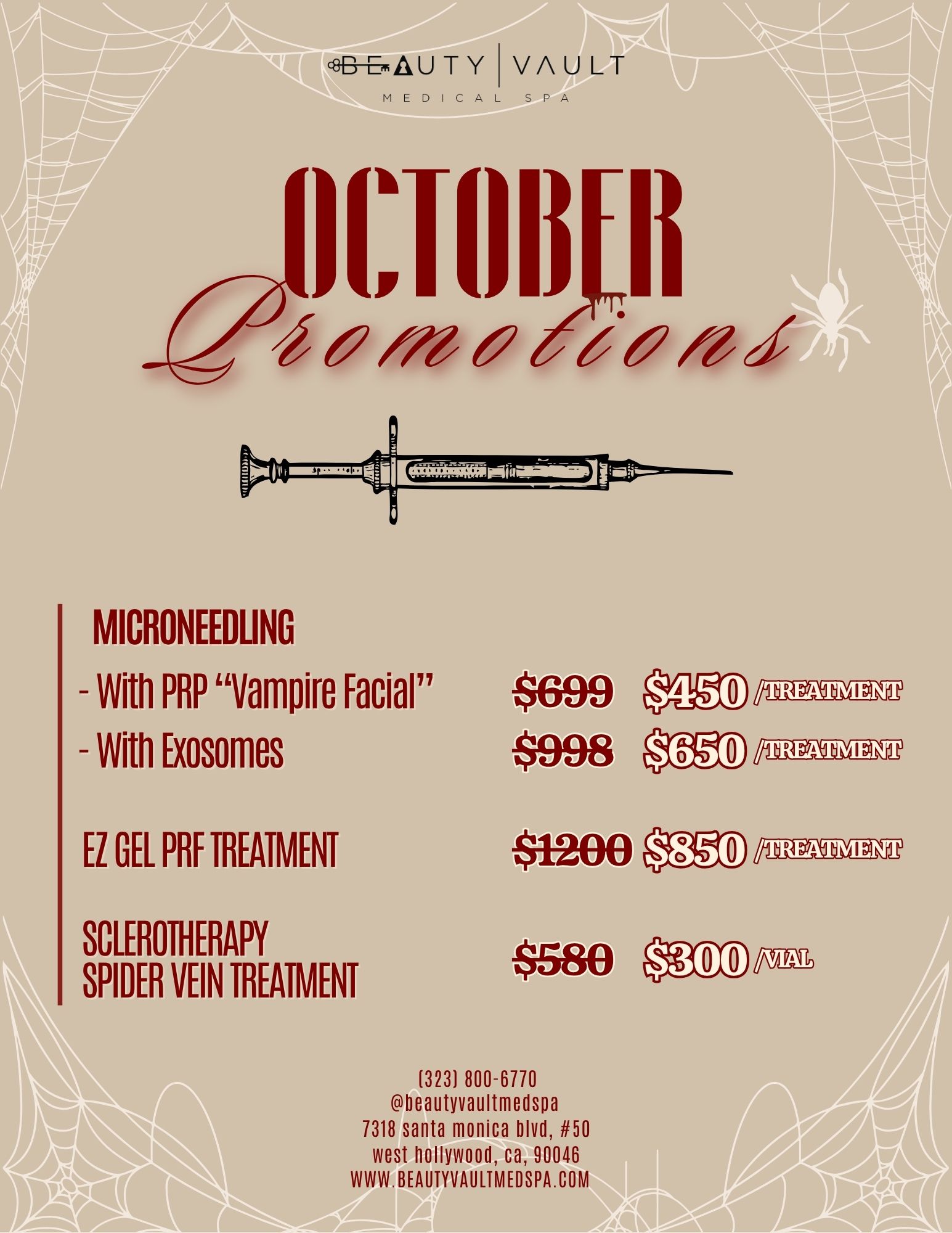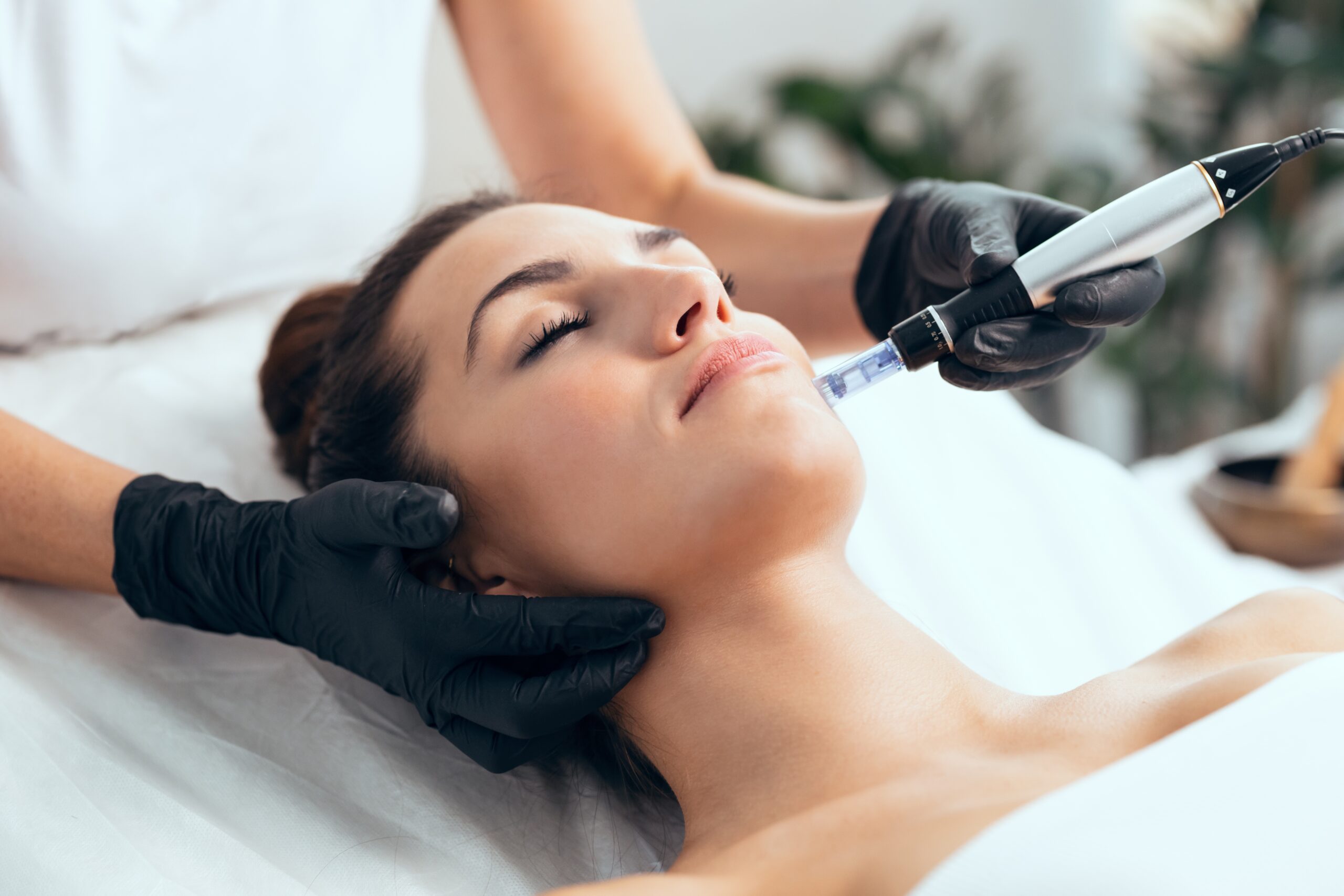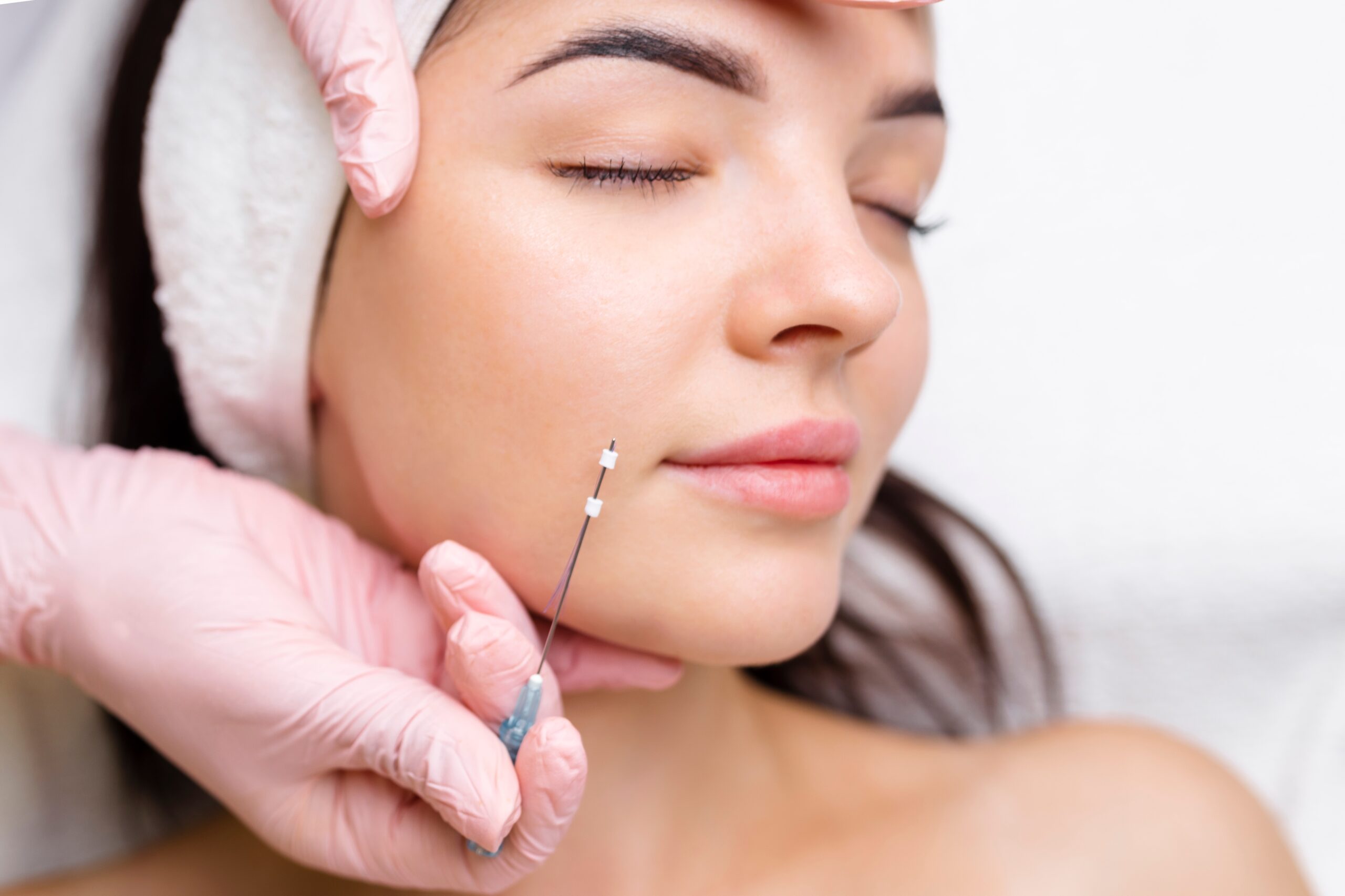Hair restoration treatments play a vital role today since heredity causes 95% of all baldness cases in this country. Recent breakthroughs in non-surgical hair loss treatments have brought new hope to millions of people who deal with thinning hair.
Platelet-rich plasma (PRP) therapy stands out as a promising non-surgical option that works well with other treatments. This piece shows you ways to get the best results by mixing different hair loss solutions with PRP therapy.
What is PRP and How Does It Work for Hair Loss?
PRP uses your body’s natural healing mechanisms to wake up dormant hair follicles and spark new growth. Let’s look at how PRP works through its preparation process and its effects on your scalp.
Platelet Extraction and Centrifugation Process
Your PRP journey starts with a small blood sample taken from your arm. The medical team puts this sample through differential centrifugation, which splits blood components by their density.
The centrifugation creates three distinct layers in your blood: red blood cells sink to the bottom, a thin “buffy coat” layer of white blood cells and platelets sits in the middle, and plasma rises to the top. The plasma and buffy coat are extracted and spun again to pack more platelets together. This two-step spinning method yields platelets two to six times more concentrated than normal levels—great for optimal tissue regeneration.
Growth Factor Release and Follicle Stimulation
PRP’s magic comes from the many growth factors stored in platelet alpha granules. These platelets spring into action (either before injection or when they meet collagen in your scalp) and release their growth factors within 10 minutes. The platelets pump out almost 95% of their pre-made growth factors in the first hour.
These growth factors act like cellular messengers that kick off several key processes in your hair follicles:
- The hair growth phase, prolonging its duration
- Stimulating cell proliferation
- Increasing blood supply to feed your follicles
- Preventing premature hair loss
Expected Timeline for Visible Results
Setting realistic expectations helps you get the most from this non-surgical hair loss treatment. PRP works differently than medications; it takes time as it nudges your natural hair growth processes along.
You might notice less hair falling out first, usually within two to four weeks after your first treatment. Your hair starts looking thicker after two to three sessions. Most people need four to six treatments to see real improvements in hair growth and scalp coverage.
The best results from PRP hair restoration show up between three and six months after you start. Some studies show it could take six to twelve months before you see the full effect in your mirror.
Can You Combine PRP with Minoxidil?
Patients who seek hair restoration treatments get better outcomes when they combine different therapies instead of using single treatments. Research shows that PRP and minoxidil work effectively together.
How Minoxidil Complements PRP Action
PRP with minoxidil works exceptionally well because these treatments boost each other through complementary mechanisms. PRP delivers growth factors directly to hair follicles while minoxidil increases blood flow to the scalp and extends the growth phase of hair follicles. Both treatments prolong the hair growth phase and stimulate dermal papilla cells that regulate hair follicle growth. This dual approach targets multiple aspects of hair growth at once.
Application Schedule for 5% Topical Minoxidil
Timing matters to get optimal results from these non-surgical hair restoration methods. Experts suggest using 5% topical minoxidil solution twice daily on the scalp, morning and evening. You should establish a consistent minoxidil routine several months before starting PRP treatments.
Your minoxidil regimen should continue without interruption after starting PRP therapy. Standard protocol has three PRP sessions at four-week intervals, with maintenance treatments every six months. This schedule maximizes the collaborative effects while maintaining continuous stimulation of hair follicles.
Clinical trial results: combo vs monotherapy
Evidence supporting combination therapy is substantial. One study indicated that PRP combined with minoxidil substantially improved hair growth and density compared to either treatment used alone.
Another study showed 59% of patients reported good responses with PRP plus minoxidil compared to 41% with minoxidil alone. Another clinical trial found that combination therapy yielded higher rates of negative hair pull tests (93%) compared to minoxidil monotherapy (72%).
Is PRP Effective with Microneedling?
The combination of microneedling with PRP creates a superior hair restoration treatment that targets multiple aspects of hair loss at once.
How Microneedling Improves PRP Absorption
Microneedling perfectly collaborates with PRP therapy by creating tiny microscopic channels in the scalp. These small punctures go past the outer layer of skin, which allows PRP to reach directly to the vascularized dermis, the layer of skin beneath the epidermis. This process substantially boosts the delivery of growth factors by placing them exactly where they work best—at the hair follicle level.
The procedure works through several mechanisms. The first is that microneedling widens the upper portion of the hair follicle, which enables better absorption of therapeutic agents. The second is that these micro-injuries trigger additional growth factors around the scalp, priming the platelets to work faster. The third is that pinpoint bleeding will give a uniform absorption of PRP throughout affected areas.
Microneedling activates hair follicle regeneration at the cellular level. The combination with PRP’s growth factors creates a powerful joint effort.
Patient-reported Outcomes after Six Sessions
Clinical data reveal that patients typically need about six microneedling with PRP sessions, spaced one month apart, to achieve the best results. After completing this protocol, patients often report:
- Visible improvements in hair density and thickness within three to six months.
- Studies show microneedling alone can increase hair count by 20% in just 12 weeks, but adding PRP substantially improves results.
- Maximum results usually appear three months after the final session.
A prominent study showed 81.6% of patients had more than 40% improvement after completing their treatment course. In a group of 50 patients who underwent four sessions, 40 individuals (80%) achieved good to excellent results, with statistical significance.
Additionally, a comparative study found that patients using PRP with microneedling and minoxidil showed a substantial improvement compared to those using topical minoxidil alone.
Other Non-Surgical Hair Loss Treatments to Combine with PRP
PRP therapy works best when combined with other non-surgical hair loss treatments to create a detailed approach to hair restoration.
Low-level Laser Therapy (LLLT) Devices
LLLT is one of the most promising additions to PRP therapy to curb hair loss. These devices use safe, low-energy lasers that don’t burn or damage tissue but stimulate hair follicles effectively. The science makes perfect sense—LLLT improves blood circulation to your scalp and delivers nutrients to hair follicles that PRP has already activated with growth factors. Patients would need 15- to 30-minute sessions about three times weekly.
Oral Minoxidil: Low-Dose Alternatives
Recent clinical trials show promising results for low-dose oral minoxidil as an alternative to topical applications, especially when you have PRP. Doctors usually prescribe 1.25mg or 2.5mg daily doses of oral minoxidil.
Nutritional Supplements and DHT Blockers
Nutritional support plays a crucial role among other PRP treatments. Several supplements can boost results, including biotin, zinc, omega-3 fatty acids, folic acid, iron, and vitamins A and E. These nutrients help maintain scalp health and complement PRP’s regenerative effects.
Create a Personal Hair Treatment Plan with the Beauty Vault
PRP therapy leads the vanguard of non-surgical hair restoration and gives hope to millions with hair loss. However, combining it with other treatments creates even better results. If you want to explore your options, you won’t find a team more dedicated to your success than the one at the Beauty Vault in West Hollywood. Call them today at (323) 800-6770 or fill out a contact form to schedule a consultation.
FAQs
Q1. Can PRP hair treatment be combined with other hair growth solutions?
Yes, PRP can be effectively combined with other hair growth treatments like minoxidil, microneedling, and low-level laser therapy. These combinations often yield better results than using any single treatment alone.
Q2. How many PRP sessions are typically needed to see visible improvements?
Most patients require three to six initial PRP sessions, spaced four to six weeks apart, to see noticeable improvements. Maximum results usually become apparent three to six months after completing the initial treatment course.
Q3. Are there any dietary supplements that can enhance PRP treatment results?
Yes, certain nutritional supplements can support PRP treatment effectiveness. Key supplements include biotin, zinc, omega-3 fatty acids, folic acid, iron, and vitamins A and E. These nutrients help support overall scalp health and complement PRP’s regenerative effects.








